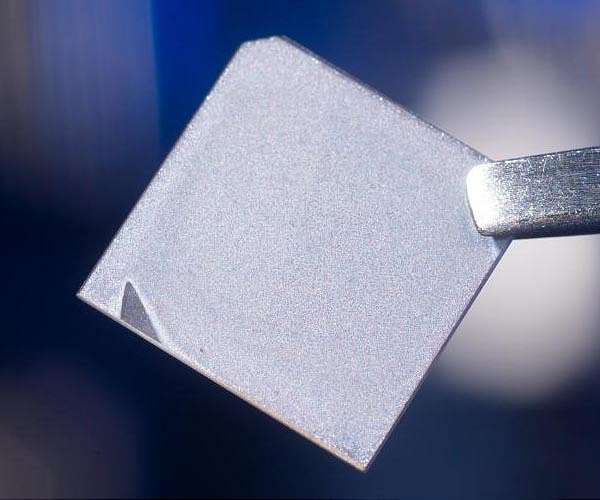Going beyond the 80 year old solar cell comparison
Physicists from Swansea University and Bo Akademi University have made a major breakthrough in solar cell technology by developing a new analytical model that improves the understanding and efficiency of thin-film photovoltaic (PV) devices.
For nearly eight decades, the so-called Shockley diode equation has explained how current flows through solar cells; the electrical current that powers your home or charges the battery bank. However, the new study challenges this traditional understanding for a specific class of next-generation solar cells, namely: thin-film solar cells.
These thin-film solar cells, made from flexible, low-cost materials, have had limited efficiency due to factors that existing analytical models could not fully explain.
The new study sheds light on how these solar cells achieve optimal efficiency. It reveals a critical balance between collecting the electricity generated by light and minimizing losses due to recombination, where electrical charges cancel each other out.
“Our findings provide important insights into the mechanisms that drive and limit charge collection, and ultimately energy conversion efficiency, in low-mobility PV devices,” says lead author Dr. Oskar Sandberg from Bo Akademi University, Finland.
New model captures the missing piece
Previous analytical models for these solar cells had a blind spot: “injected carriers” – charges that enter the device through the contacts. These carriers have a significant impact on recombination and limited efficiency.
“The traditional models simply didn’t capture the whole picture, especially for these thin-film cells with low-mobility semiconductors,” explains the lead researcher, Associate Professor Ardalan Armin from Swansea University. “Our new research addresses this gap by introducing a new diode equation specifically tailored to these crucial injected carriers and their recombination with the photogenerated carriers.”
The recombination between injected charges and photogenerated charges is not a major problem in traditional solar cells such as silicon PV, which are hundreds of times thicker than next-generation thin-film PV such as organic solar cells, Dr. Sandberg added.
Associate Professor Armin said: Wolfgang Pauli, one of the smartest theoretical physicists of all time, once said that God made most of it; the surface was the devil’s work. Because thin-film solar cells have much larger interfacial areas per bulk than traditional silicon; no wonder why they are more drastically affected by the devil’s work, namely the recombination of precious photo-generated charges with injected charges near the interface!
Impact on the future development of solar cells
This new model provides a new framework for designing more efficient thin solar cells and photodetectors, optimizing existing devices and analyzing material properties. It can also help train machines used for device optimization, marking an important step forward in the development of the next generation of thin-film solar cells.
Research report:Diode comparison for sandwich-type thin-film photovoltaic devices constrained by bimolecular recombination


